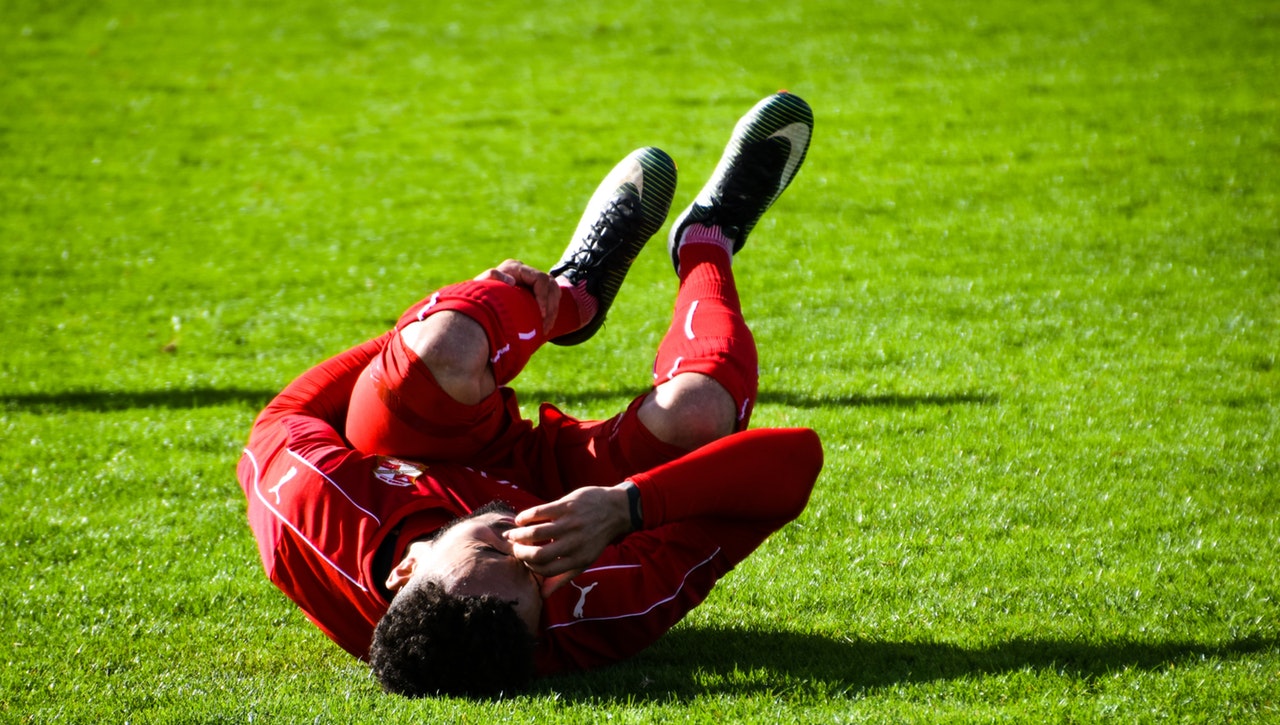In light of recent sporting events, now is as good a time as any to discuss the prevalence of concussion in professional and amateur sport.
During the recent Danny Green vs Anthony Mundine fight earlier this month, in which Green won, there are questions surrounding whether the fight should have been called off in the first round?
After a controversial punch was thrown by Mundine, which connected with Green’s jaw, Green staggered around the ring and into the ropes before falling down.
Green was assessed by two ringside doctors and the referee, where he was cleared to continue the fight, which he won by decision in 10 rounds.
After the fight it came to light that Green suffered a concussion following the blow and was cleared to fight on.
One of the two ringside doctors, Dr Lou Lewis, quit the fight immediately following the decision to let the fight continue.
He disagreed that Green was safe to continue fighting and was putting his immediate and long term health in jeopardy by continuing to trade blows.
Many experts agree that allowing Green to continue fighting increases the risk of a serious or fatal injury to occur.
This is not the first case of athletes putting their health on the line with significant head trauma.
In the 2014 NRL Grand Final, South Sydney’s Sam Burgess ran head first into a tackle in the opening minute sustaining a depressed fracture of his cheekbone and a concussion.
Sam played on the entire game, won the Clive Churchill Medal for best on ground and later admitted he has very limited recollection of the game due to that hit.
Another instance of great sporting bravery comes from the 1989 AFL Grand Final, where Dermott Brereton was famously cleaned up in the first minute of the game deliberately by an opposing player.
Dermott famously returned to the field of play after being assisted from the field by the team Medicos.
At what point does ‘bravery’ cross the line and become ‘reckless’ when it comes to athlete’s short and long term health.
As recent evidence suggests, repeated exposure to contact and high impact sports such as boxing, football and rugby increases the risk to long term changes to brain health.
Repeated blows to the head increase the risk of exposure to chronic traumatic encephalopathy or CTE.
CTE is a response that occurs in the connective neurons in the cerebrum to repeated concussions or traumatic brain injuries.
This leads to atrophy or shrinking of brain matter in the frontal and temporal lobes.
Now the jury is still out on the direct link between an increase in mental health conditions and CTE, but there is undoubted change in the cerebral structure and function in athletes that are exposed to these forces.
Whilst further study needs to be done to better understand the intricacies associated with concussion and brain function, more and more athletes are beginning to take ownership of their health despite their sporting affiliations.
In the AFL, 6 players in the last 18 months have called time on their careers in light of recent concussion related injuries.
Herritier Lumamba (Melbourne), Justin Clarke (Brisbane), Sam Blease (Melbourne), Leigh Adams (North Melbourne), Matt Maguire (Brisbane) and Brent Reilly (Adelaide) have all retired with concussion related injuries.
Overseas high profile athletes in the NFL have begun to prematurely end their careers with respect to their long term health.
This includes most notably a rookie from San Francisco, Chris Borland, who after a sensational rookie season at the age of 24 called quits on his career after looking into the research associated with CTE and NFL players.
It is certainly a difficult issue at the professional level of sport, where athletes collect annual salaries often in the realms above $100’000 at the bare minimum and in excess of millions of dollars otherwise.
With so much money invested into their performance what is the cost of their long term health in the future?
In the Amateur sport environment, where athletes play for social benefit more than money, there is less at stake, as one would assume.
Unfortunately this may not be the case as anecdotally seen in typical Australian sporting culture.
The promotion of play hard whatever the cost has long been a common association with traditionally masculine sports such as Australian Rules Football, Rugby League and Rugby Union.
Under reporting of concussions are far more likely in these sporting environments as there is less medical support made available to them compared to the professional sport.
This has led to a review of many concussion protocols used by amateur sporting leagues and introducing removal from play rules to prevent re-injury or subsequent injury following concussion.
For more information regarding concussion management and assessment tools on recognising concussion please make use of the following links below.

